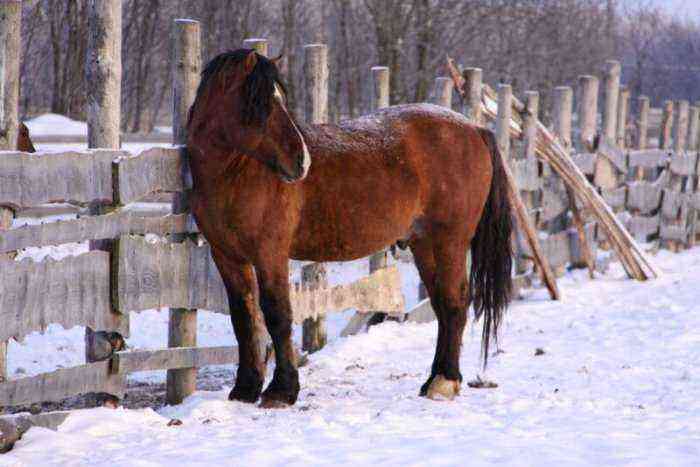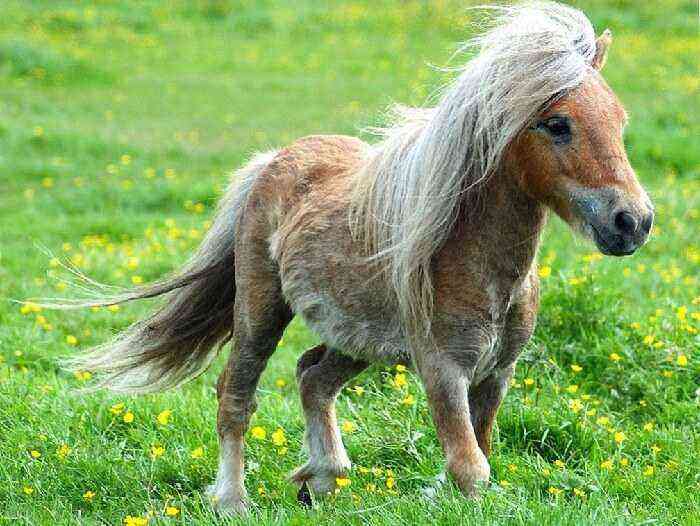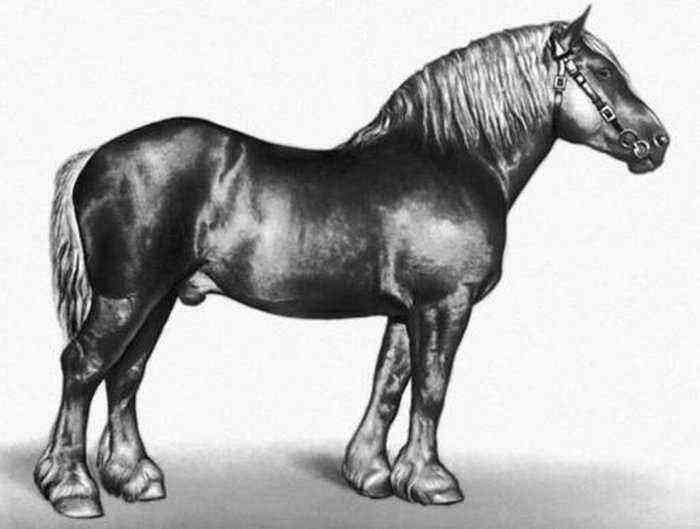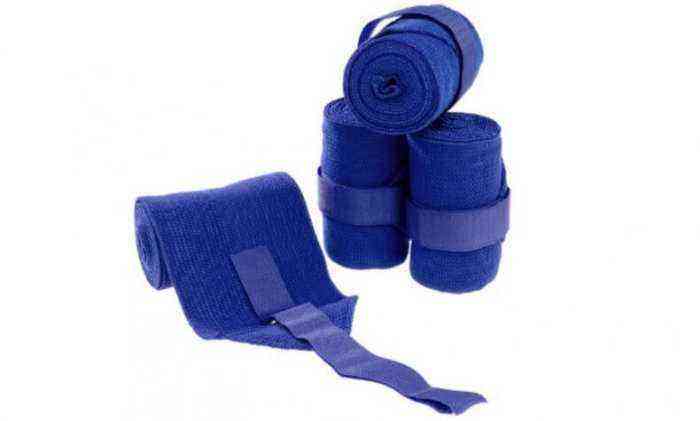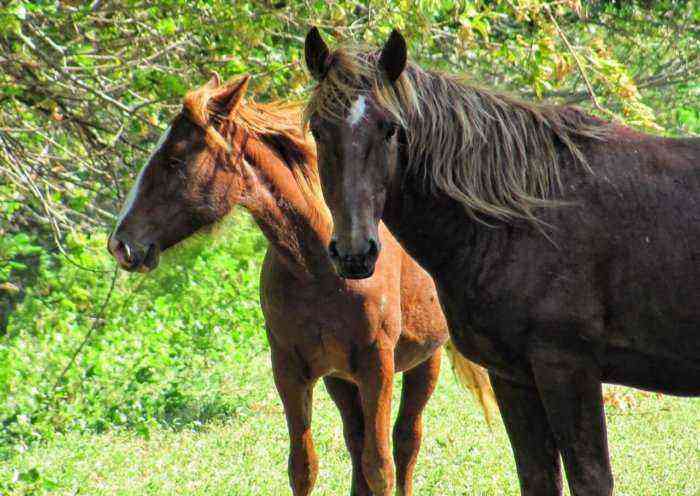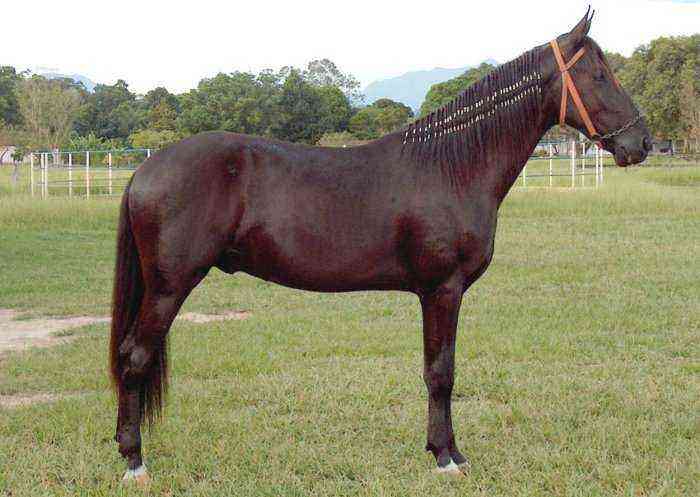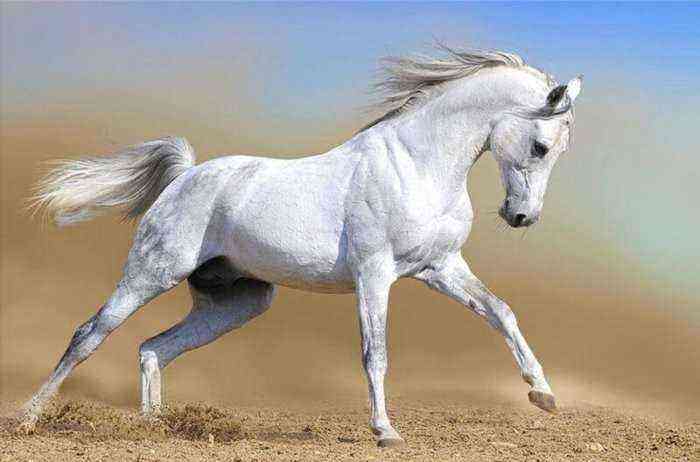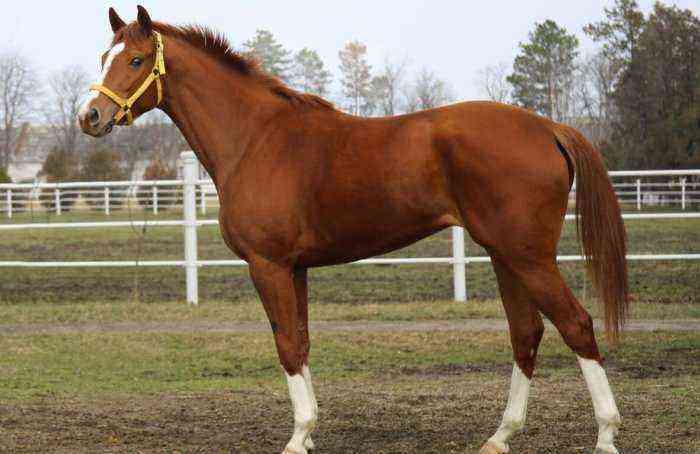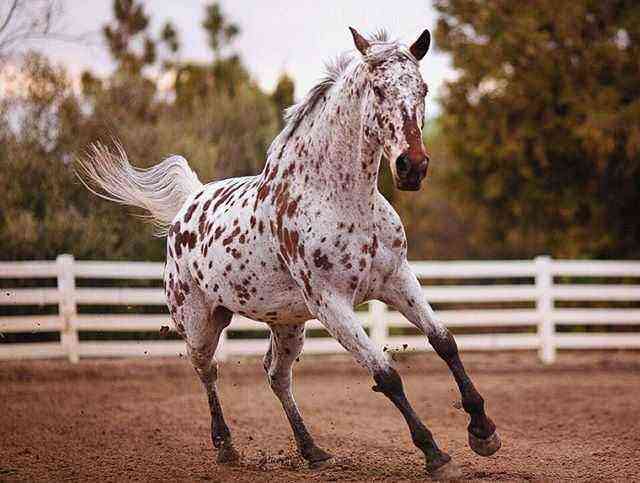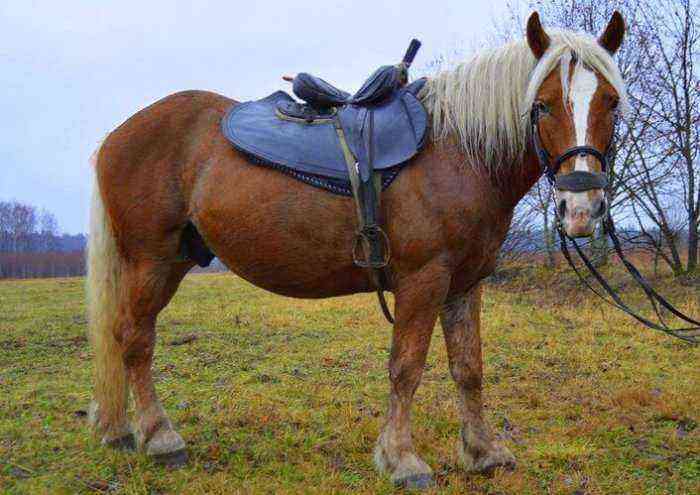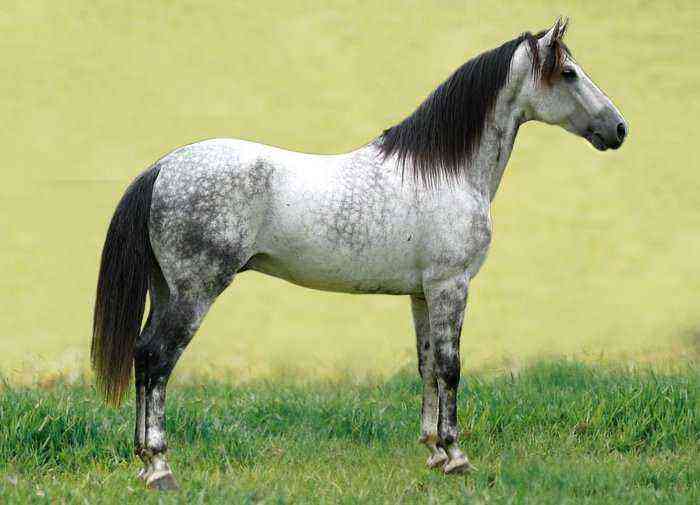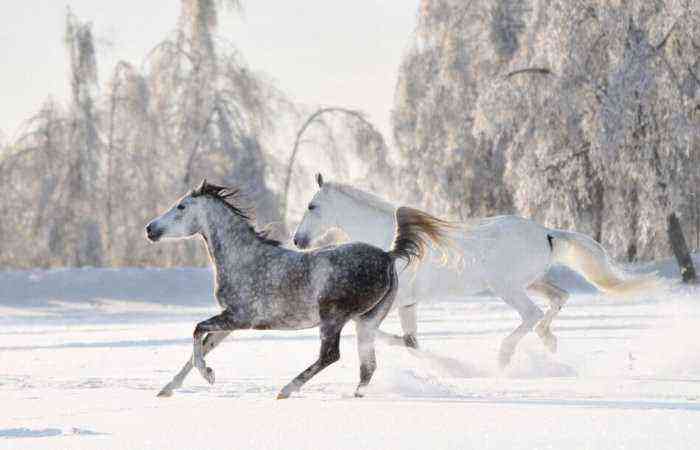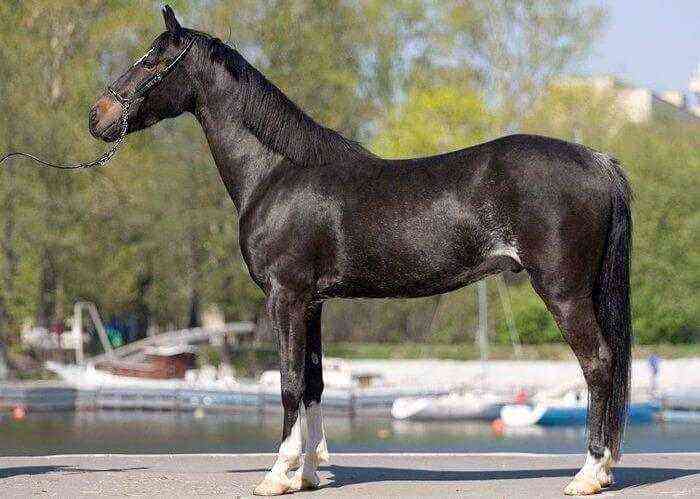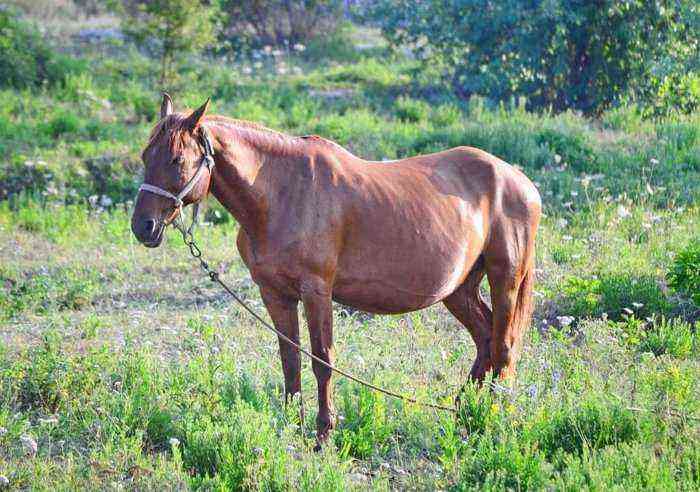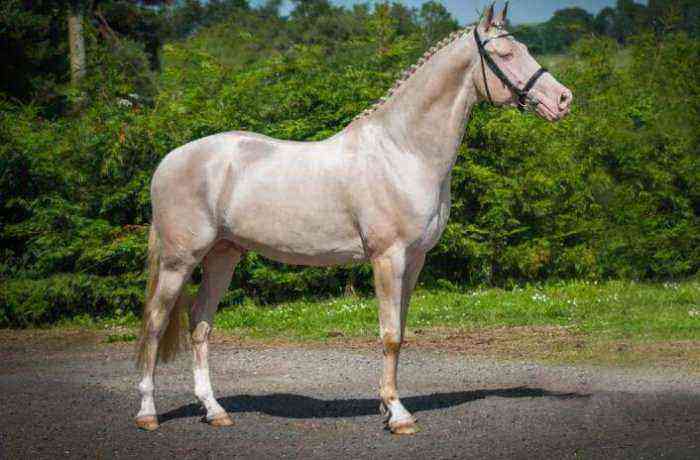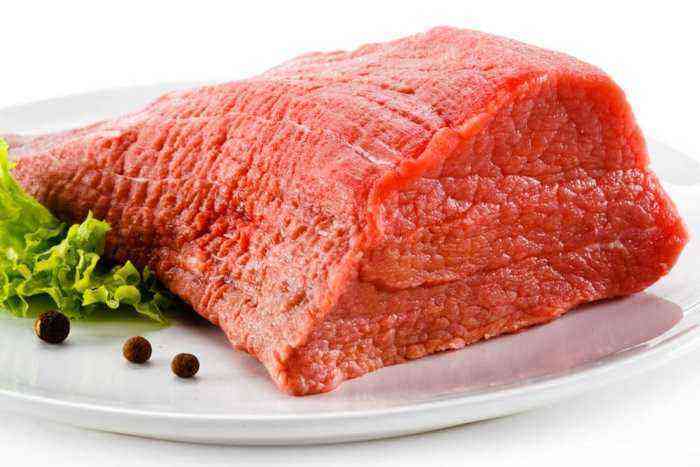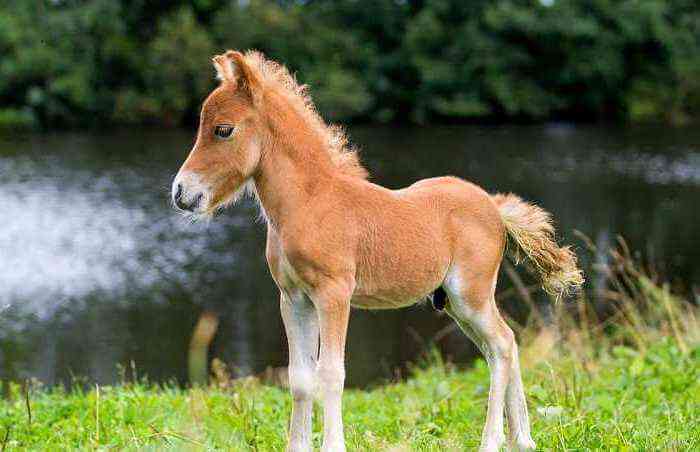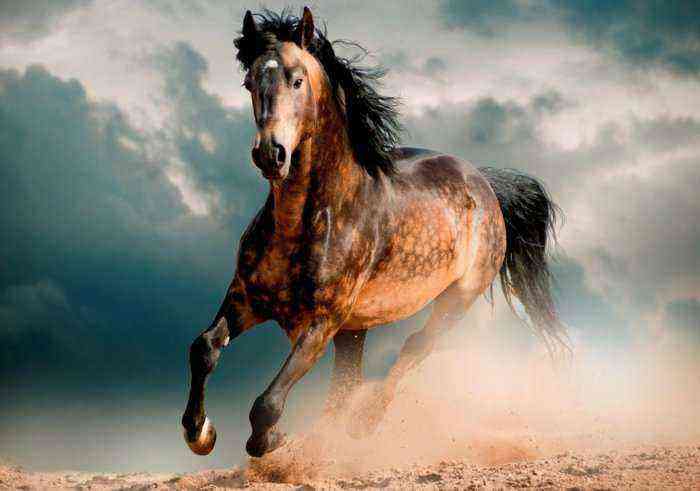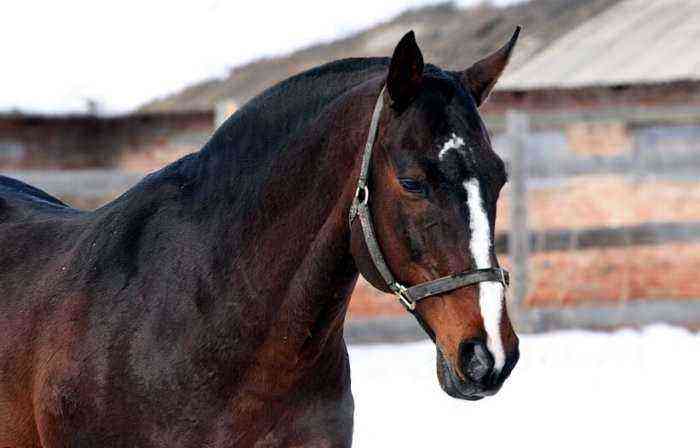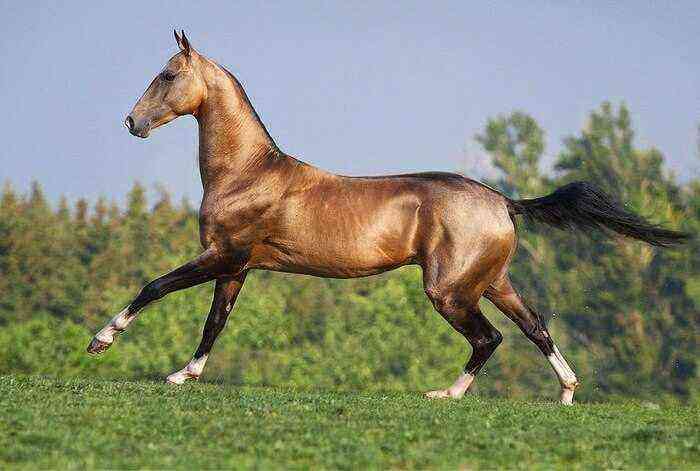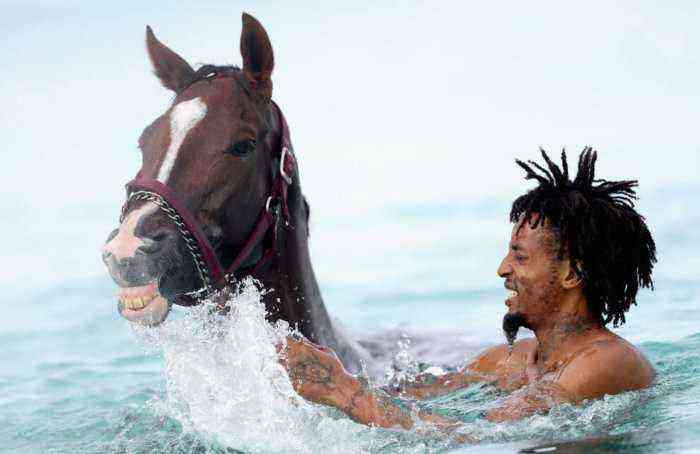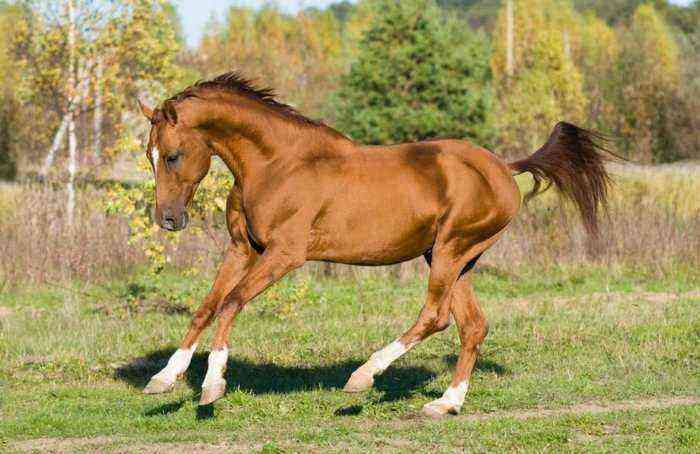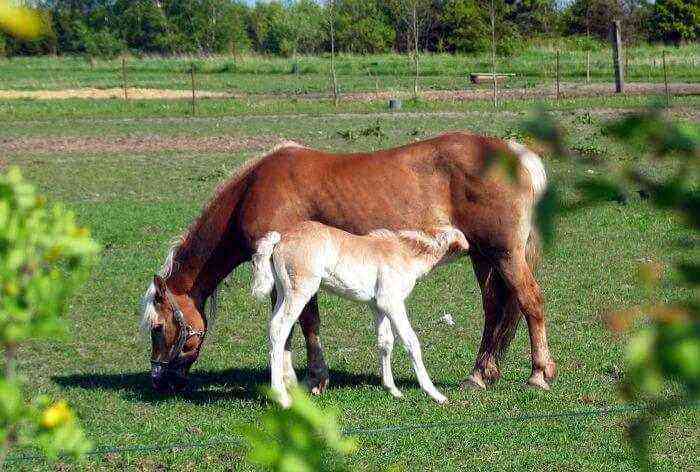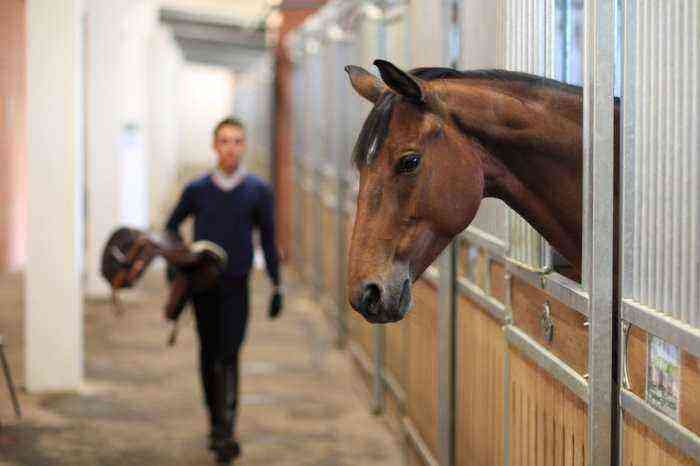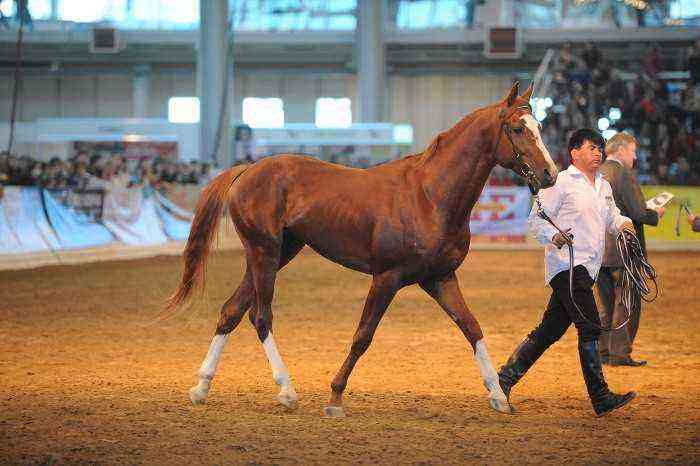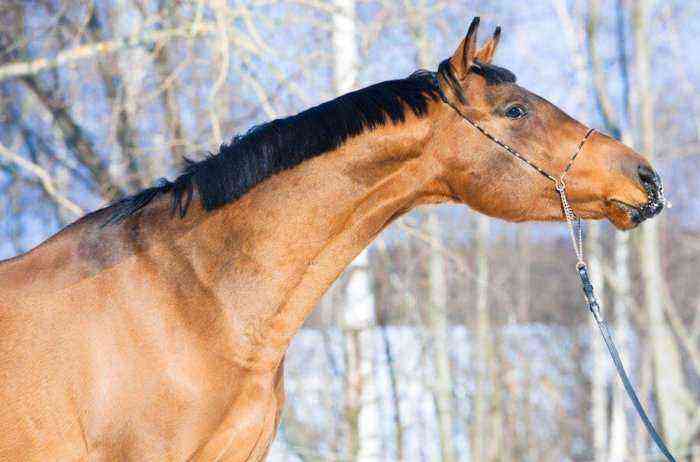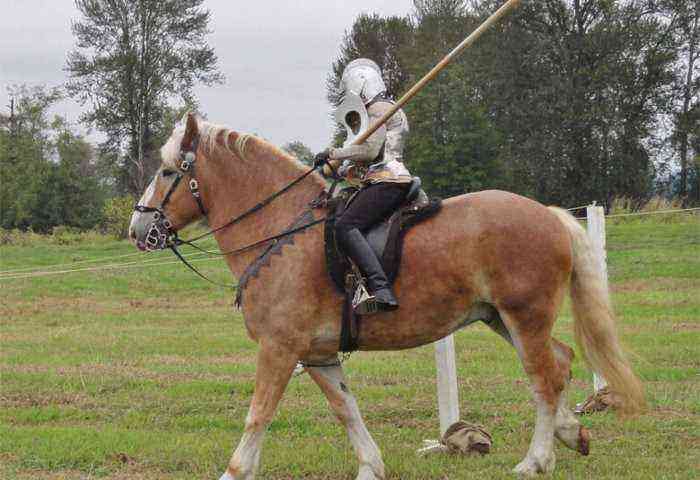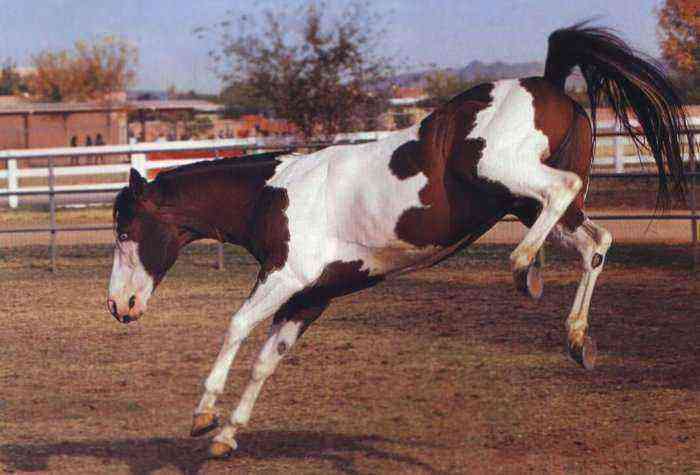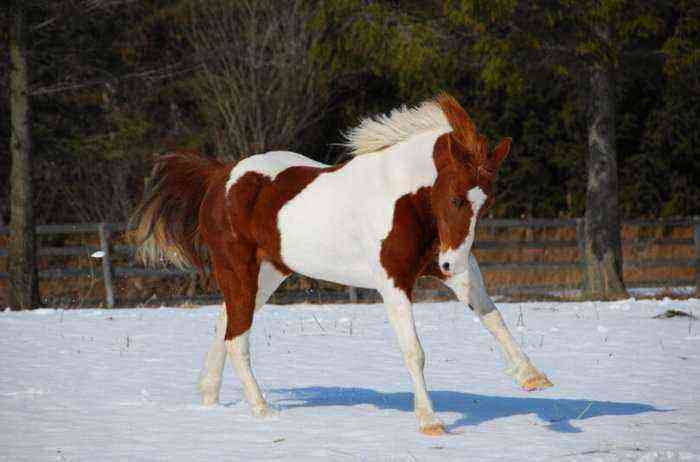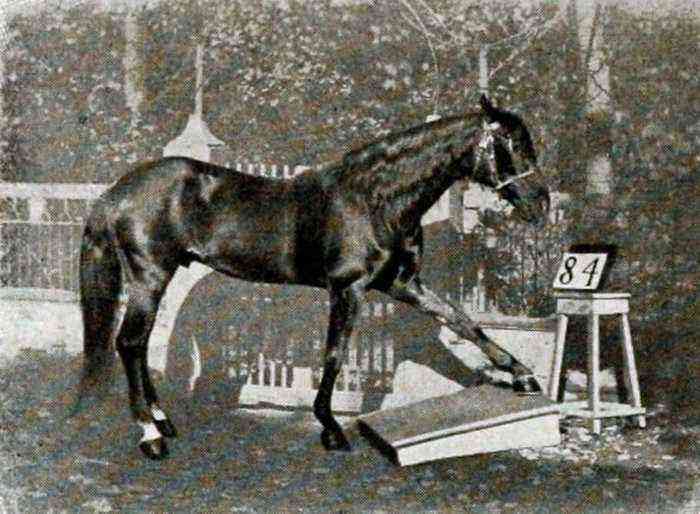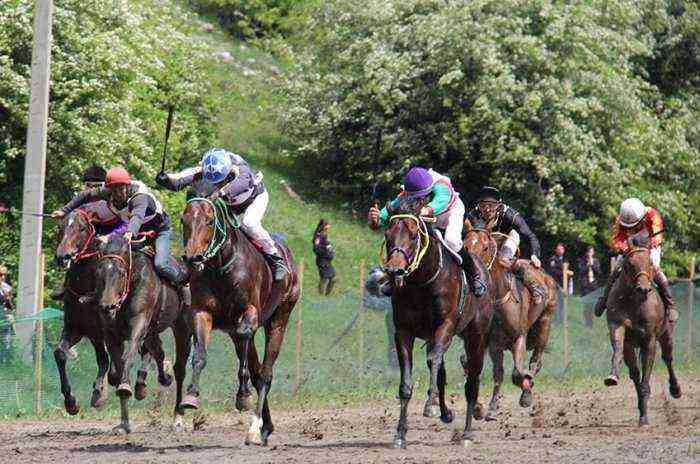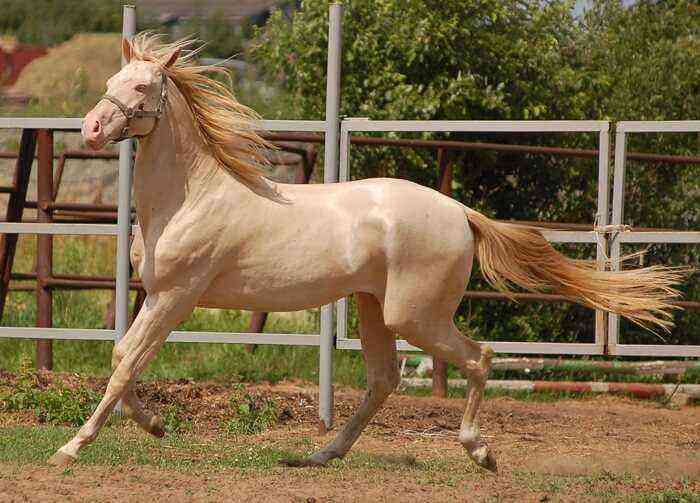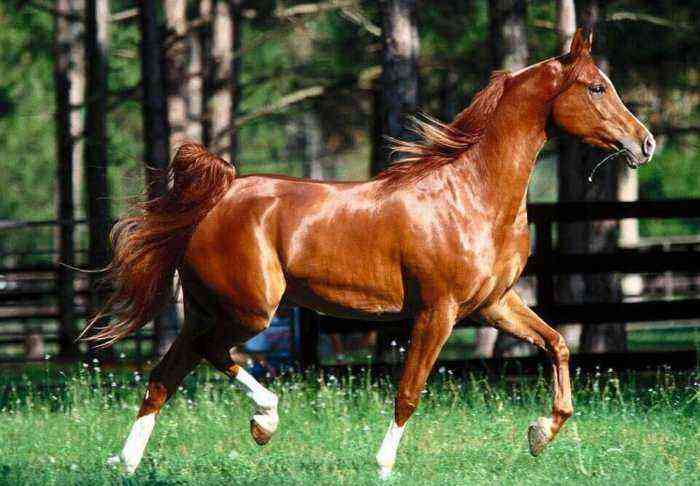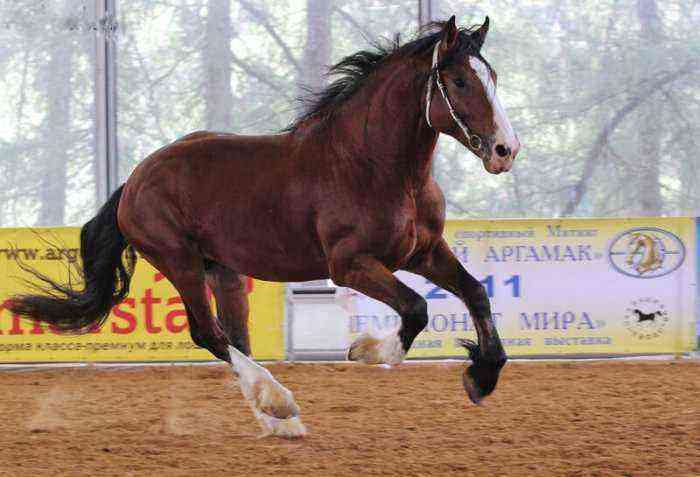The Kladrub horse breed was bred specifically for the solemn ceremonies of the Austrian emperors. Light-draft horses accompanied the royal family on travels and walks. Although these horses cannot boast of high-speed gaits, violent strength and endurance, scrupulous work is being done to increase their numbers to this day. This breed is of historical importance for the Czech Republic.
Kladrub horses
History
In the 16th and 17th centuries, in the small village of Kladruby nad Laboe, which is located near Prague, Neapolitan and Andalusian horses of Spanish origin were crossed. The foals that were born became the founders of the Kladrub breed.
These beautiful horses were bred specifically for the imperial court. The purpose of crossing is to create a graceful massive horse that would be an adornment of royal parades and funeral processions, accompanied the family on walks.
In 1757, when a fire broke out at the stud farm, the population of Kladrub horses was threatened, information about the breeding of the breed was lost. The data could no longer be recovered. Mating horses was now at risk of developing mutations in newborn foals.
In those days, English thoroughbreds were becoming increasingly popular, and Spanish breeds faded into the background. Breeders and breeders did not want to allow incest with other breed lines, so they decided to keep Kladrub horses strictly on the territory of the plant.
At the beginning of the 20th century, the breed suffered a crisis due to the fall of the Austro-Hungarian monarchy. Then everything that was connected with the empire was destroyed. In the 30s, most of the animals, including one of the best producers, were sent for slaughter.
After 8 years, when the number of livestock decreased to a critical level, measures were taken to strengthen control over the breed. At that time, the variety of colors of purebred Kladrub horses came to naught. There are practically no animals left with bay, tan and piebald color. When the Second World War began, the breed could have disappeared altogether, but still managed to save a few stallions and mares.
Attention! Modern representatives of this breed line have a gray or black color.
Since the middle of the last century, connoisseurs of Kladrub horses have bred them in Slovakia, Denmark, Italy and other European countries. There are very few breeding stallions left, but the plant in the Czech Republic continues to fight to preserve this species.
Kladruby horses survived difficult times – the revolution, the Second World War, but to this day these beautiful creatures are an adornment of parades and processions. They retained the purity of blood, remaining as powerful, stately, complaisant as they were 4 centuries ago.
Description of exterior and suit
The height at the withers of an adult horse of the Kladrub breed is 160–175 cm, mares are slightly lower. The weight of the stallion reaches 700 kg.
Characteristic:
- animals have a large head with a hunched profile;
- powerful, curved neck;
- ears of medium size with neat pointed tips;
- expressive eyes that captivate with their attractiveness;
- the body is muscular, elongated with a slightly curved broad back;
- deep chest;
- bony strong limbs with large joints;
- mane and tail, characterized by the density of hair.
Kladrub horse
The Kladrub horse is the embodiment of beauty and nobility. Initially, there were many colors of these horses. Among them there were bay, tan, piebald horses. In the 19th century, a new standard was set – horses with a white or black coat color are considered to be purebred. The presence of shades, spots and tan marks is acceptable.
The nature of the animals
The nature of this breed is calm and docile, they are easy to manage in a team. Horses do not show aggression, are very energetic and hardy. Although they are not intended for riding, they are still used in this direction. In most cases, horses allow themselves to be saddled.
Features of care
The Kladrub breed of horses is demanding to care for. Its representatives are kept in stalls. The room is divided into spacious compartments so that the animals feel comfortable there. The stable requirements are:
- good lighting;
- purity;
- lack of draft;
- the presence of soft and dry bedding;
- good ventilation.
Animals need frequent and long walking, which will allow them to maintain excellent shape. They spend most of their time outdoors in the summer, eating fresh herbs. In addition to grass, good quality hay, root crops, vegetables, cereals and grain feed are introduced into the diet of horses.
Attention! Horses drink a lot. Cool clean water should be available at all times. The daily requirement of an adult stallion is 50 liters.
Horse body care includes:
- hoof cleaning;
- bathing;
- washing the mane and combing the hair with a comb.
After intensive work or a long run, the body is wiped dry with a soft cloth, otherwise the animal may catch a cold. It is important to make preventive veterinary examinations in time, checking the condition of the hooves, teeth, joints. It is unacceptable to neglect the vaccination of horses. This measure will avoid dangerous infectious diseases and the death of animals.
Features of breeding and use of the breed today
Stud farms in the Czech Republic continue to restore the pedigree line of imperial horses. Mares and stallions for breeding are chosen scrupulously, taking into account not only external characteristics, but also performance indicators and character.. To assess the qualities of horses, special testing is used and tests are carried out. Crossbreeding of cladrubs with light breeds is practiced in order to grow out of them athletes for riding.
Kladrub horses
Kladruby horses are suitable for sledding. They participate in solemn parades and processions, festivals and horse shows, demonstrating their beauty and grace. In world competitions, horses are used for riding, sometimes they get prizes. The imperial horses proved to be quite good in driving.
The history of the Kladruby horse breeds is quite interesting. There was a period when these graceful animals could completely disappear, but the plant did a tremendous job of reviving and preserving the species. These horses are valued not only for their beauty and strength, but also for their good disposition and ability to obey. They are part of the history of the Czech Republic and are under the protection of the state.


